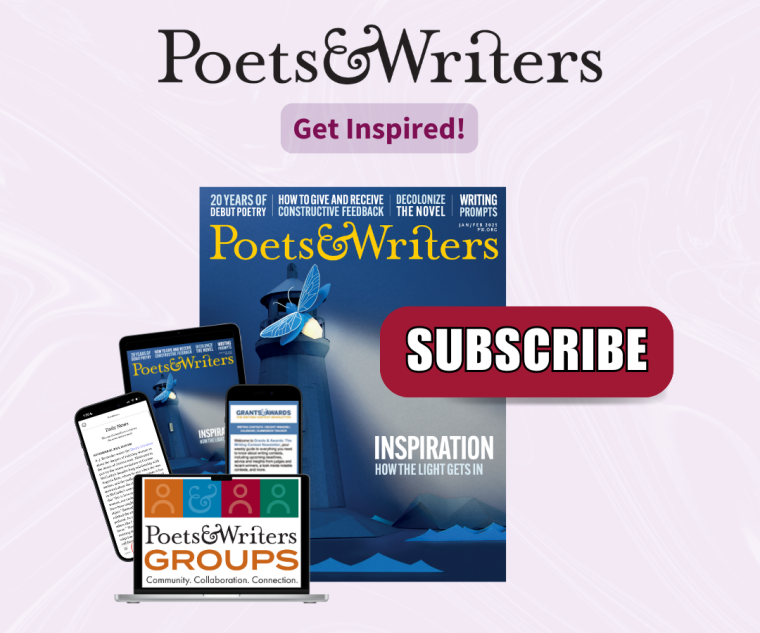Personal Effects
A bar napkin on display at the Smithsonian’s National Museum of American History in Washington, D.C. shows the now famous Laffer Curve, a mathematical curve economist Arthur Laffer sketched that convinced President Ford to cut tax rates in 1974. Recently it was revealed that it is not the original bar napkin, but a copy Laffer later recreated as a keepsake. The Smithsonian put the napkin on display in 2015, but at the time of the meeting more than forty years ago, Laffer was a young professor and nobody suspected anything especially momentous was occurring. Imagine that decades into the future, the Smithsonian will be acquiring a relic or souvenir from your own life that has taken on historical importance. What would the object be? Write an essay exploring mementos you’ve kept over the years in hopes that these objects might be of importance in the future.




